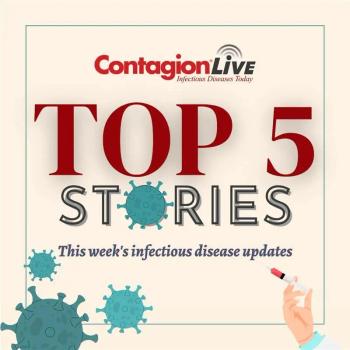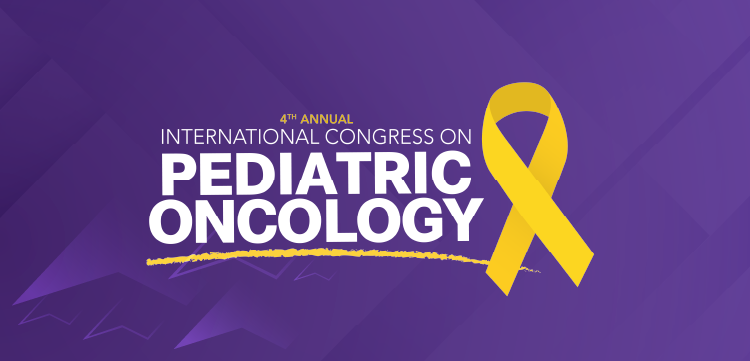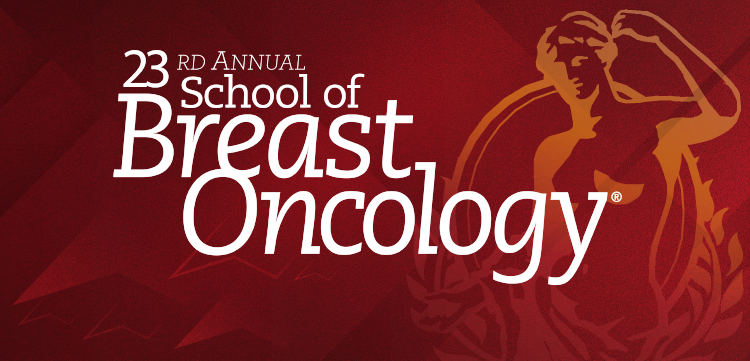
Are We a Glutton for Antimicrobial Resistance?
To paraphrase Anthelme Brillat-Savarin, “we are what we eat”—Especially when it comes to antimicrobials and food-producing animals.
The world of antimicrobial resistance is constantly evolving as efforts to combat the spread of resistant bugs are being explored. Recent reports from the United Kingdom are drawing attention to the
What makes controlling and treating antimicrobial resistant (AMR) pathogens so challenging is that there are so many components to the proliferation of these organisms. Antimicrobial resistance has a range of culprits from medical practices, antimicrobial stewardship, medical tourism, agriculture, etc. While we work to address the healthcare aspect of antimicrobial resistance, a new report is drawing attention to the role of consumption of antimicrobial agents and their role in the occurrence of resistance.
The European Center for Disease Control and Prevention (ECDC), European Food Safety Authority (EFSA), and European Medicines Agency (EMA) recently released a
Aiming to study the associations between AMC and AMR, they found that in 2014, the average AMC was higher in animals (152 mg/kg) than in humans (124 mg/kg), but the opposite applied to the median AMC (67 and 118 mg/kg). Researchers found that in 18 of 28 countries, AMC was lower in animals than humans. Moreover, “univariate analysis showed statistically-significant associations between AMC and AMR for fluoroquinolones and Escherichia coli (E. coli) in both sectors, for 3rd- and 4th-generation cephalosporins and E. coli in humans, and tetracyclines and polymyxins and E. coli in animals. In food-producing animals, stronger and more consistent associations between AMC and AMR were more frequently observed for indicator E. coli than for Salmonella spp.” In addition, they found that when food-producing animals consumed macrolides, there was a significant association with macrolide-resistant Campylobacter coli in both animals and humans. Overall, this analysis points to the relationship between AMC and resistance across species.
Drawing on the ‘
One particular component to this report is that it makes use of multiple surveillance and monitoring systems across the EU. This aspect draws attention to the importance of international surveillance and coordination. A problem as large as AMR will require international cooperation across many sectors.
Recently, the Centers for Disease Control and Prevention (CDC) announced their investment of
Perhaps we really are what we eat?
Newsletter
Stay ahead of emerging infectious disease threats with expert insights and breaking research. Subscribe now to get updates delivered straight to your inbox.

































































































































































































































































































